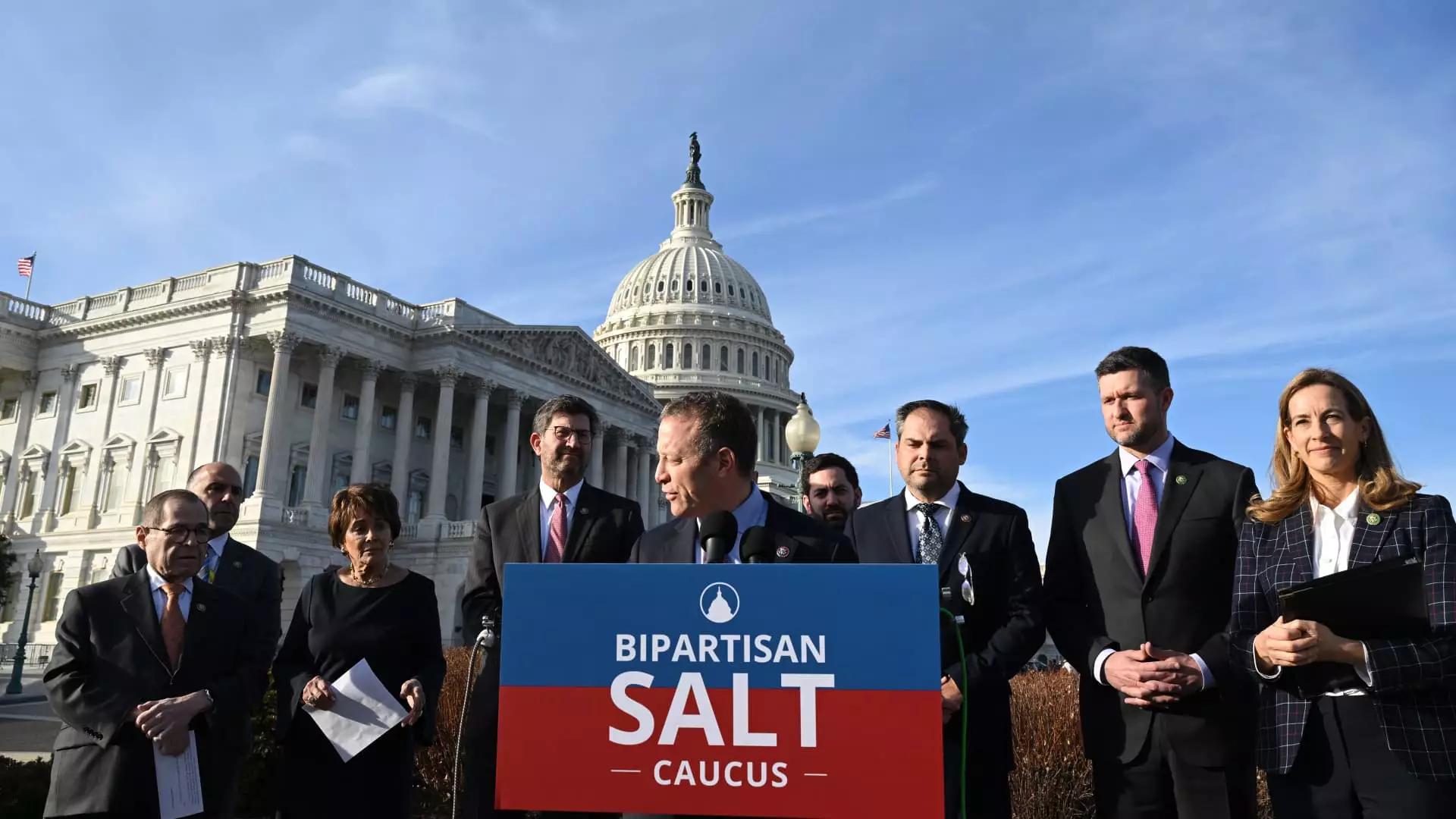The $10,000 cap on state and local tax (SALT) deductions established by the 2017 Tax Cuts and Jobs Act (TCJA) is emerging as a central issue again. While initially positioned as a measure targeting lavish tax avoidance, its implications are trickling down, revealing an uncomfortable truth: it disproportionately affects those who are not among the wealthiest demographics. The current political environment is fraught with debates surrounding this provision, with increasing pressure from representatives in high-tax states like California, New Jersey, and New York to lift or amend the cap. Yet, as we delve into this issue, it grows increasingly clear that the potential changes may prioritize the financial status of the upper echelon at the expense of everyday taxpayers.
Who Really Benefits from Raising the Cap?
If discussions around raising the SALT cap bear fruit, the distribution of benefits could be staggering, culminating in a tax structure that favors wealthier households significantly more than others. Proposals are in circulation that would potentially elevate deductions for married couples from $10,000 to $20,000. A Tax Policy Center analysis touches on a critical aspect: nearly three-quarters of the advantages under such a regime would flow to households earning $430,000 or more. In this scenario, average citizens looking for meaningful relief would be left high and dry, reinforcing the notion that governmental aid prioritizes those who need it the least.
Moreover, the distinction of ‘upper-middle income’ is subjective depending on geographical location. Consequently, those who might fit in this bracket in states like Ohio would face very disparate consequences compared to peers in states like California. This stark disparity exposes the inherent inequality bred by tax policies that don’t account for regional variances and cost of living.
The Consequences for the Middle Class
The true influx of taxpayer dollars follows a predictable trajectory: lower-income households suffer the most. With approximately 90% of filers leaning on standard deductions as a savings mechanism—thanks to the doubled standard deductions under the TCJA—those who itemize deductions face frustration. While they may navigate loopholes and deductions, the cap means that many of them cannot effectively benefit from it. Instead of leveling the playing field, the SALT cap restricts it, asking middle-class Americans to shoulder an unfair tax burden whilst the affluent bask in the glow of potential advantages.
This raises an important conversation about the fairness and functionality of tax codes. For a system that ostensibly promotes equity, it appears that this provision creates a chasm between those who benefit from tax cuts and those left scrambling for pennies. With essential services funded by tax revenues, this inequality has repercussions that extend beyond individual finances and into the very fabric of our society.
The Political Landscape and SALT Considerations
From a political standpoint, the issue is tangled in partisan polarization—a situation exacerbated by the slim Republican majority in the House. Leaders in both parties have begun to realize that addressing the SALT cap may be a method to unify specific segments of voters. While some lawmakers are fixated on catering to high-tax regions for contributions and support, this tactic may ultimately backfired. Relying on the distaste for the TCJA’s provisions without addressing fundamental income disparities could alienate moderate voters and lead to a backlash.
Additionally, former President Trump’s backtracks on this cap—fervently declaring he would “get SALT back” if re-elected—highlights a political strategy fraught with risk. Such declarations, stripped of substance, are invitations to scrutinize the integrity of leadership during crucial negotiations. What does it say about their commitment to the middle class when tax reform discussions float benefits primarily for high-income earners?
Seeking a Fairer Approach to Tax Reform
Undoubtedly, the SALT cap is worth re-examining, but not as a means to further economically empower the affluent few. The focus should pivot towards creating a more equitable tax structure that serves all tiers of society. Lawmakers need to consider alternatives that alleviate stress for middle-income and lower-income families instead of raising existing allowances bound to exacerbate societal divides. Ultimately, a balanced approach is necessary for true tax reform—one that will resonate with a broader constituency and genuinely address underlying financial struggles.

